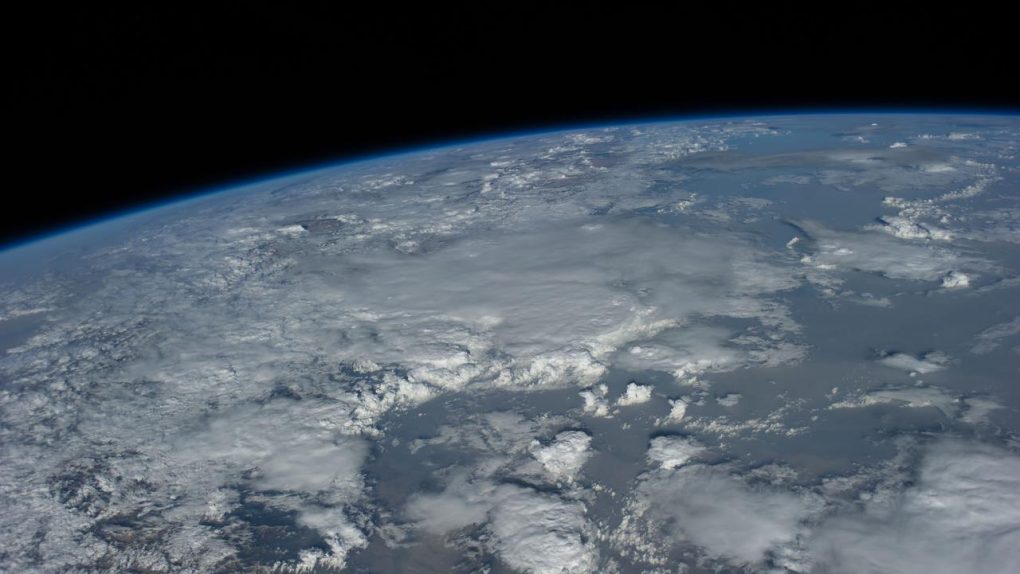- Despite the incredibly extensive study of the origins of life on Earth, we’re still not sure exactly how our planet’s first life forms were created.
- It’s possible, many scientists say, that life on Earth may have originated elsewhere.
- Right now, the leading candidate for a source of life that may have seeded Earth is our neighbor, Mars.
How did life on Earth begin? It seems like such a simple question, but due to the billions of years that have elapsed since the first life forms began doing their thing on our planet, we simply don’t know the answer. Life on our planet may have originated here, but it may be just as likely that it originated somewhere else, like Mars.
The scientific concept that life could organically spread from one planet to another is called panspermia, and it’s not nearly as wild as it might sound. We already know that rocks from Mars have made it to Earth because we’ve found them here, but if ancient Mars did host life, what are the odds that life on Earth is a direct result of life forms being yanked from Mars and sent speeding toward Earth?
We have no way of proving that panspermia has ever actually occurred. Earth is the only planet we know of that has ever hosted life, so we have no way of knowing whether it’s a valid theory, and moreover, if panspermia is responsible for all of us being here today. In a recent interview with Vice, Harvard astrophysicist student Amir Siraj offers a very high-level overview of how panspermia might occur and the various ways in which it could seed life to other planets or perhaps even other star systems.
The events that would lead to a planet like Mars sending life to Earth are actually very straightforward. A strong impact from an asteroid hitting the surface of a life-rich Mars could send rocks into space. Some of those rocks could eventually find themselves on a collision course with Earth and, if those rocks hold microbial life, those tiny life forms could potentially survive an impact on Earth, thus seeding our planet with life.
Since we’ve already found pieces of Mars on Earth, we know that this type of interplanetary material swap does indeed take place, but we can’t know for certain whether Mars ever had life, much less whether or not that theoretical life traveled to Earth.
Some more extreme theories of panspermia suggest that it may be possible for objects to graze a planet’s atmosphere, pick up some microbes during the flyby, and speed out of a solar system and eventually arrive at another. If that microbial life survives the trip, and the rock hits a habitable planet in another system, it could spread life in a similar manner.
Right now, all of this remains totally theoretical, but that could eventually change. If we find microbial life on Mars or evidence of past life, we’ll be left to grapple with the question of whether that life is really our ancient ancestor, or if life developed on both Mars and Earth within the same few billion years.








